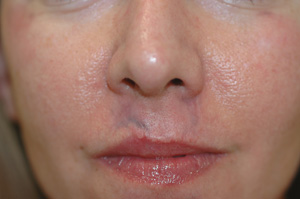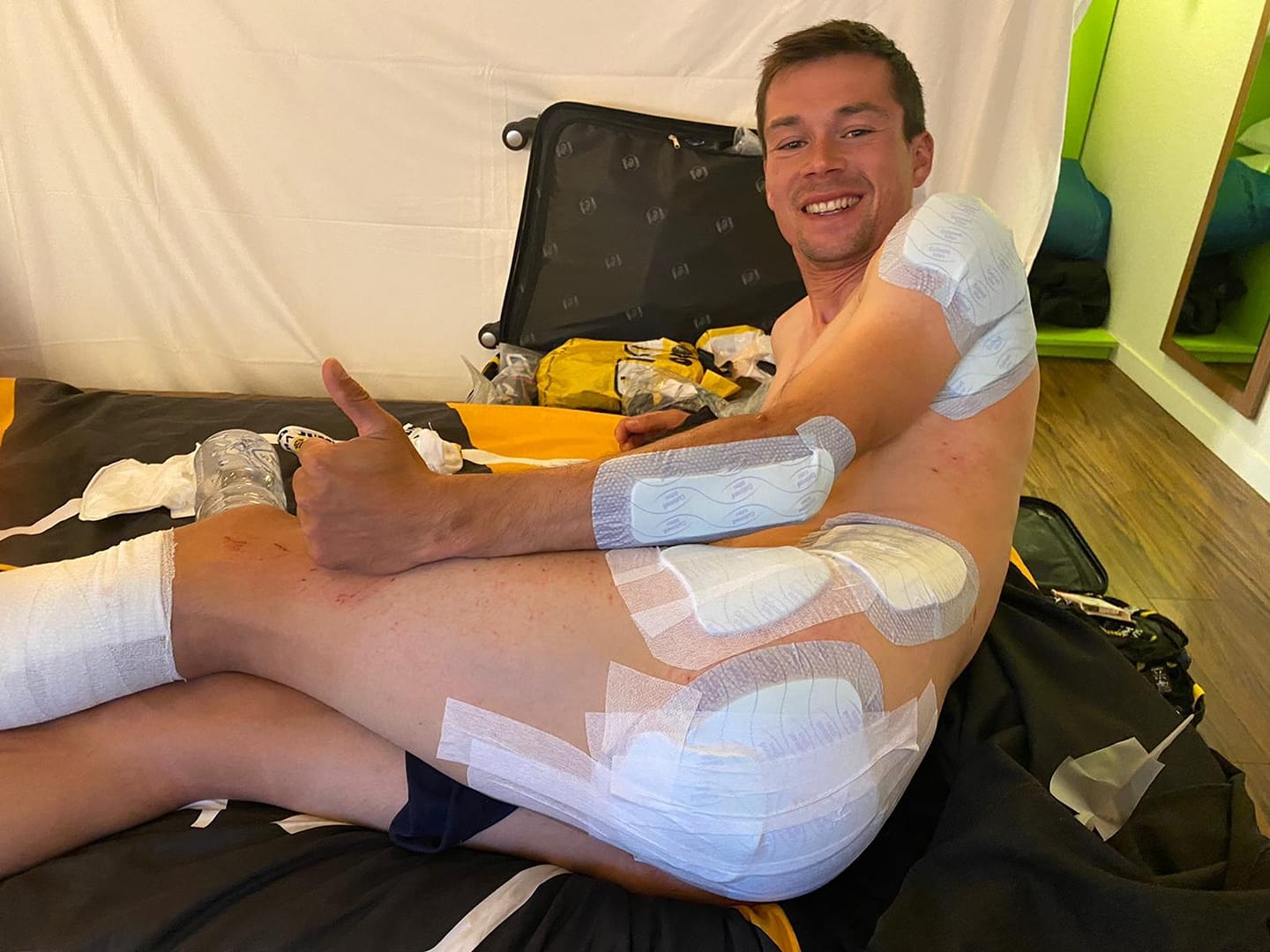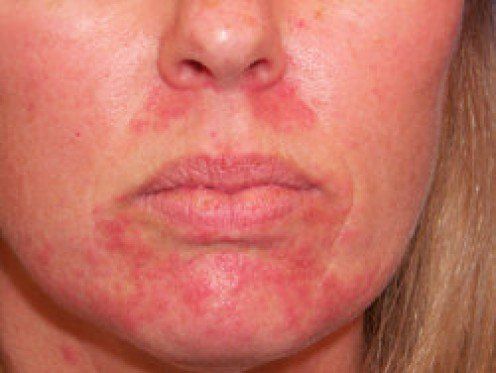What is Road Rash and How Does it Affect the Face?
Road rash, a common injury in cycling accidents, occurs when the skin comes into contact with a rough surface, causing friction and abrasion. When it affects the face, road rash can be particularly distressing due to its visibility and potential for scarring. The severity of facial road rash can range from mild to severe, depending on the force of the impact, the surface roughness, and the individual’s skin type.
Facial road rash can cause significant discomfort, pain, and emotional distress. The affected area may appear red, swollen, and tender, with possible bleeding or bruising. In severe cases, facial road rash can lead to infection, scarring, or even permanent disfigurement. Prompt treatment is essential to minimize the risk of complications and promote optimal healing.
Understanding the causes and effects of road rash on the face is crucial for effective treatment and prevention. By recognizing the signs and symptoms of facial road rash, individuals can take prompt action to alleviate their discomfort and reduce the risk of long-term damage. In this article, we will explore the best practices for treating and preventing facial road rash, as well as provide guidance on managing pain, inflammation, and scarring.
How to Clean and Disinfect a Road Rash on the Face
Cleaning and disinfecting a road rash on the face is a crucial step in the healing process. Proper wound care can help prevent infection, reduce scarring, and promote optimal recovery. Here’s a step-by-step guide on how to clean and disinfect a road rash on the face:
Step 1: Stop the bleeding – Apply gentle pressure to the affected area using a clean cloth or gauze to stop the bleeding. Elevate your head to reduce blood flow to the face.
Step 2: Clean the wound – Rinse the wound with cool or lukewarm water and mild soap. Avoid using hot water, harsh soap, or exfoliating scrubs, as they can further irritate the skin.
Step 3: Pat dry – Gently pat the area dry with a clean towel. Avoid rubbing or scrubbing the wound, as this can cause further irritation.
Step 4: Apply antibacterial ointment – Apply a thin layer of antibacterial ointment to the affected area to help prevent infection. Look for ointments containing ingredients like neomycin or bacitracin.
Step 5: Cover the wound – Cover the wound with a non-stick dressing or bandage to protect it from dirt and bacteria. Change the dressing daily or whenever it becomes wet or dirty.
Remember to clean and disinfect the wound regularly to promote healing and prevent infection. If you experience increased redness, swelling, or pus, seek medical attention immediately.
Managing Pain and Inflammation from Facial Road Rash
Facial road rash can be a painful and uncomfortable experience, especially in the first few days after the injury. Managing pain and inflammation is crucial to promote healing, reduce discomfort, and prevent further complications. Here are some effective ways to manage pain and inflammation from facial road rash:
Over-the-Counter Pain Relievers – Over-the-counter pain relievers such as acetaminophen or ibuprofen can help alleviate pain and reduce inflammation. However, always follow the recommended dosage and consult with a doctor before taking any medication.
Cold Compresses – Applying a cold compress to the affected area can help reduce pain and inflammation. Wrap an ice pack or a cold, wet cloth in a towel and apply it to the skin for 15-20 minutes, several times a day.
Topical Creams – Topical creams containing ingredients like lidocaine or capsaicin can help numb the skin, reducing pain and discomfort. Additionally, creams with anti-inflammatory properties, such as hydrocortisone, can help reduce swelling and redness.
Elevating the Head – Elevating the head while sleeping or resting can help reduce swelling and promote blood flow, which can aid in the healing process.
Avoiding Irritants – Avoid exposing the affected area to irritants like direct sunlight, wind, or extreme temperatures, which can exacerbate pain and inflammation.
By managing pain and inflammation effectively, individuals can promote optimal healing, reduce discomfort, and prevent further complications from facial road rash. Remember to seek medical attention if pain and inflammation persist or worsen over time.
Home Remedies for Soothing and Healing Facial Road Rash
When it comes to soothing and healing facial road rash, natural home remedies can be a effective and gentle way to promote recovery. Here are some of the most effective home remedies for facial road rash:
Aloe Vera – Aloe vera gel has anti-inflammatory and antibacterial properties that can help soothe and calm the skin. Apply a thin layer of aloe vera gel to the affected area several times a day.
Honey – Honey has antibacterial properties that can help prevent infection and promote healing. Apply a thin layer of honey to the affected area and cover with a bandage. Change the dressing daily.
Tea Tree Oil – Tea tree oil has antibacterial and anti-inflammatory properties that can help soothe and calm the skin. Mix a few drops of tea tree oil with a carrier oil like coconut or olive oil and apply to the affected area.
Coconut Oil – Coconut oil has antibacterial and anti-inflammatory properties that can help soothe and calm the skin. Apply a thin layer of coconut oil to the affected area several times a day.
Oatmeal – Oatmeal has anti-inflammatory properties that can help soothe and calm the skin. Add colloidal oatmeal to a warm bath or make a paste with oatmeal and water and apply to the affected area.
Remember to always clean and disinfect the affected area before applying any home remedies. Additionally, if the road rash on face is severe or shows signs of infection, seek medical attention immediately.
By incorporating these natural home remedies into your treatment plan, individuals can promote optimal healing, reduce discomfort, and prevent further complications from facial road rash.
When to Seek Medical Attention for a Facial Road Rash
While many cases of road rash on face can be treated at home, there are certain situations that require immediate medical attention. It’s essential to recognize the signs and symptoms that indicate a need for professional help to prevent further complications and promote optimal healing.
Deep Wounds – If the road rash on face is deep, jagged, or has exposed fat, muscle, or bone, seek medical attention immediately. Deep wounds are at a higher risk of infection and may require stitches or surgical intervention.
Infection – If the road rash on face shows signs of infection, such as increased redness, swelling, warmth, or pus, seek medical attention. Infections can lead to serious complications, including sepsis, if left untreated.
Scarring – If the road rash on face is severe or has resulted in significant scarring, seek medical attention. A healthcare professional can provide guidance on scar prevention and treatment options, such as silicone gel sheets or laser therapy.
Facial Deformity – If the road rash on face has resulted in a facial deformity, such as a broken nose or orbital bone, seek medical attention immediately. Facial deformities require prompt medical attention to prevent long-term damage and disfigurement.
Other Medical Conditions – If the individual has a pre-existing medical condition, such as diabetes, poor circulation, or a weakened immune system, seek medical attention for a road rash on face. These conditions can impede the healing process and increase the risk of complications.
By recognizing the signs and symptoms that require medical attention, individuals can ensure prompt treatment and prevent further complications from facial road rash. Remember, it’s always better to err on the side of caution and seek professional help if in doubt.
Preventing Future Road Rash Injuries on the Face
Preventing future road rash injuries on the face requires a combination of proper safety measures, cycling skills, and awareness. By taking proactive steps, cyclists can reduce the risk of road rash on face and enjoy a safer, more enjoyable ride.
Proper Helmet Fitting – A properly fitted helmet is essential in preventing road rash on face. Ensure the helmet fits snugly, with the straps adjusted to provide maximum protection.
Wearing Protective Gear – Wearing protective gear, such as gloves, knee pads, and elbow pads, can help reduce the severity of road rash on face in the event of an accident.
Improving Cycling Skills – Improving cycling skills, such as braking, cornering, and obstacle avoidance, can help reduce the risk of accidents and subsequent road rash on face.
Awareness of Road Conditions – Being aware of road conditions, including potholes, gravel, and oil slicks, can help cyclists anticipate and avoid potential hazards.
Regular Bike Maintenance – Regular bike maintenance, including tire pressure checks and brake pad replacements, can help prevent mechanical failures that can lead to accidents and road rash on face.
Group Riding Safety – When riding in a group, maintain a safe distance from other cyclists, communicate effectively, and avoid sudden movements to reduce the risk of accidents and road rash on face.
By following these tips and being mindful of road conditions, cyclists can reduce the risk of road rash on face and enjoy a safer, more enjoyable ride. Remember, prevention is key in avoiding the pain, discomfort, and potential long-term effects of road rash on face.
Common Mistakes to Avoid When Treating Facial Road Rash
When treating facial road rash, it’s essential to avoid common mistakes that can lead to further complications, prolonged healing times, and unsightly scarring. By being aware of these mistakes, individuals can ensure proper wound care and promote optimal healing.
Using Harsh Chemicals – Avoid using harsh chemicals, such as hydrogen peroxide or iodine, to clean the wound. These chemicals can strip the skin of its natural oils, leading to dryness, irritation, and delayed healing.
Picking at Scabs – Resist the temptation to pick at scabs or scratch the affected area. This can lead to infection, scarring, and prolonged healing times.
Neglecting Wound Care – Failing to clean and dress the wound regularly can lead to infection, delayed healing, and scarring. Make sure to clean the wound with gentle soap and water, and apply antibacterial ointments and dressings as needed.
Not Changing Dressings Frequently – Failing to change dressings frequently can lead to bacterial growth and infection. Change dressings daily or whenever the dressing becomes wet or dirty.
Using Irritating Products – Avoid using products that can irritate the skin, such as exfoliating scrubs or astringents. Instead, opt for gentle, fragrance-free products that promote healing and soothe the skin.
Not Seeking Medical Attention – Failing to seek medical attention when necessary can lead to serious complications, including infection, scarring, and permanent damage. If the road rash on face is severe, deep, or shows signs of infection, seek medical attention promptly.
By avoiding these common mistakes, individuals can ensure proper wound care, promote optimal healing, and reduce the risk of complications from facial road rash. Remember, proper treatment and care are crucial in preventing long-term damage and promoting a speedy recovery from road rash on face.
Long-Term Care and Scar Prevention for Facial Road Rash
After the initial healing process, it’s essential to focus on long-term care and scar prevention for facial road rash. Proper care and attention can significantly reduce the appearance of scars and promote optimal skin health.
Silicone Gel Sheets – Apply silicone gel sheets to the affected area to flatten and soften scars. These sheets can be worn for several hours a day and can be reused multiple times.
Massage Therapy – Gently massage the affected area with gentle, circular motions to promote blood flow and break down scar tissue. Massage can be done 2-3 times a week for optimal results.
Sun Protection – Protect the skin from the sun by applying a broad-spectrum sunscreen with at least SPF 30. This will prevent further skin damage and darkening of scars.
Moisturizing – Keep the skin hydrated by applying a gentle, fragrance-free moisturizer to the affected area. This will promote skin elasticity and reduce the appearance of fine lines and wrinkles.
Avoiding Irritating Products – Avoid using products that can irritate the skin, such as exfoliating scrubs or astringents. Instead, opt for gentle, fragrance-free products that promote healing and soothe the skin.
Regular Follow-Ups – Schedule regular follow-ups with a healthcare professional to monitor the healing process and address any concerns or complications.
By following these tips and incorporating them into a daily skincare routine, individuals can promote optimal healing, reduce the appearance of scars, and prevent long-term damage from road rash on face. Remember, patience and consistency are key in achieving optimal results.









